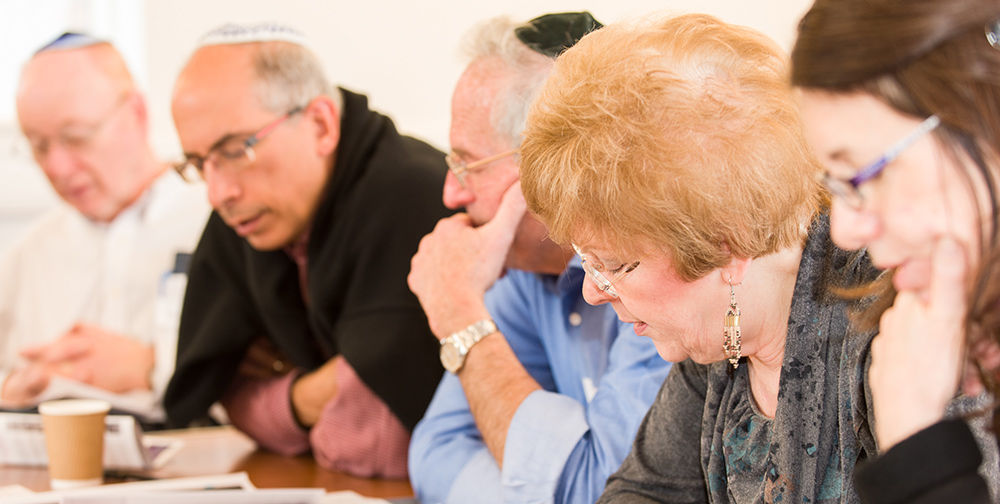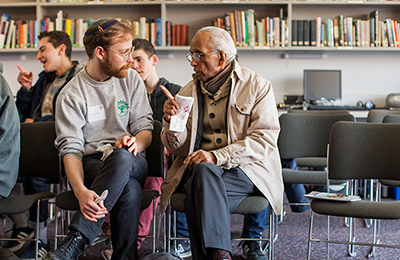The Death Penalty

There are four ways it can happen: burning, stoning, strangling, and beheading. Beheading was, as you’d expect, with a sword. Strangling meant actually being strangled, not hanged; stoning meant that the guilty party was shoved off a high cliff onto a rocky outcropping below, and burning didn’t involve any fire, but instead you were killed by having molten lead poured down your throat. These four graphic methods of execution were those by which Halacha established that a Beit Din (rabbinic court) could carry out a death sentence. This was especially relevant as, according to the Torah, there were many cases which called for the death penalty: adultery, bestiality, blasphemy, false testimony, false prophecy, idolatry, incest, insubordination, kidnapping, murder, rape, breaking Shabbat, sorcery, and witchcraft.
In setting out the social and spiritual discipline which we call Halacha, our Sages had to decide how to implement this terrifying mandate. How would a Beit Din sentence someone to the death penalty? It was simple really. There were just a few conditions that needed to be met: 1) two (kosher) witnesses had to observe the crime, both of whom saw one another, and gave a verbal and audible warning to the criminal that the crime was a capital offense, 2) the criminal in question then had to respond verbally to the witnesses acknowledging that a) they understood they would be liable for the death penalty and b) they were going to do it anyway, 3) a Beit Din of at least 23 judges had to be composed, each of which would examine the two witnesses – if any component of their stories didn’t match, the case was thrown out, 4) the Beit Din had to have more than 60% but less than 100% agreement on the sentence – if they were unanimous in condemning the accused to die then the court was assumed to be faulty, and finally 5) the witnesses themselves had to be the executioners; if they refused, the case was thrown out.
Of course, the reality is that these conditions are nigh-impossible to meet. The scenario of a murderer acknowledging and accepting their punishment prior to the crime is itself almost laughable. In practice, therefore, Halachah meant that the court almost never applied the death penalty which the Torah so-often suggested. Famously, the Mishnah taught that a court which carried out one capital case every seventy years is considered ‘bloody’ and that if a death penalty is actually given, the court themselves may be considered murderers (Makkot 1:10). The result of these absurd rules, and the philosophical sentiment behind them, is that the ‘halachic’ death penalty was only ever a fantasy. As should be obvious, the Sages were opposed to the death penalty, not trusting courts to take life, even with what appears to be a clear remit to do so from the Torah.
Two instructive things can be learned from all this: 1) despite never actually engaging in the practice of the death penalty, Halachah continued to discuss it in principle, continued to develop the body of semi-legal statutes regarding how and why and when it could be applied, and 2) the Sages had a very particular way of dealing with things they didn’t like in the Torah: they legislated them into complete impracticality. With the death penalty technically possible but unlikely to ever be applied, the rabbis could maintain that they were following the Torah even while disregarding a significant portion of its legal framework. The rabbinic method of legislating away uncomfortable possibilities in the Torah’s legalism, even while still studying and analysing them, certainly can have a lot to teach us as modern, Masorti Jews.
Rabbi Adam Zagoria-Moffet is the rabbi of St Albans Masorti Synagogue.




